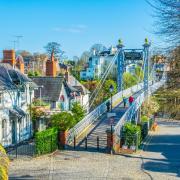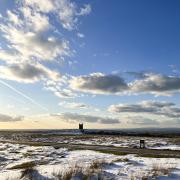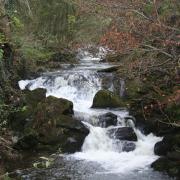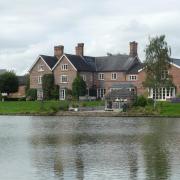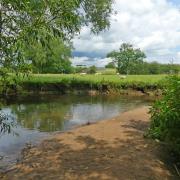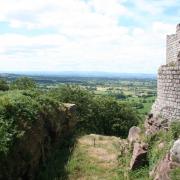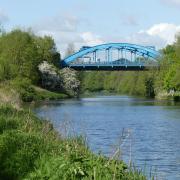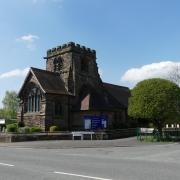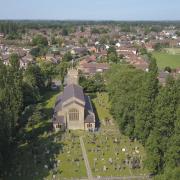To Shotwick – a place once vital in the defence of the realm against the Welsh
On the low banks of what was once the Dee estuary stands the little village of Shotwick. In past times a vitally important crossing point with an ancient ford close to St Michael's Church, this was where the border of England and Wales met.
It was from here that Henry II started his journey to Ireland and where Edward I set off on his way into Wales. It was also where a Norman castle was built in the year 1093 by Hugh Lupus, 1st Earl of Chester.
By the 17th century the castle lay in ruins, and today the remaining earthworks can be seen nearby in Shotwick Park.
In ancient times the journey from Chester to Shotwick was made along the king’s highway known as Saltesway. The road served Shotwick Castle and is believed to have been the route used by Henry III as he led his great army into Wales.
Due to the silting of the estuary and the construction of a canalised section of the river Dee in 1736 Shotwick suddenly found itself no longer washed by the waters of the river.
Today, St Michael’s Church, surrounded by two miles of recovered, land looks out towards the hills of Wales.
It’s at St Michael’s church where we can still find evidence of life here since at least the time of the Domesday book of 1086.
The church and its tower held a position of strategic importance in the landscape and this was pivotal in the defence of the border between England and Wales.
In the 11th century, it was, originally, in possession of the secular canons of St Werburgh, Chester. However, by the year 1093, it was confirmed to the Benedictine monks.
Within the porchway of St Michael’s Church, we find many long grooves worn into the sandstone.
These are believed to have been created by archers sharpening their arrows for longbow practice every Sunday near to the church. A decree of Edward III in 1363 mandated that all men should do this and be prepared to defend the realm.
Many interesting stories can be told from centuries past in the life of this beautiful Norman building.
Indeed, it was here in the year of 1641 that the village was to succumb to a visitation of the plague. The church records give many names of those who died and were buried here in the churchyard.
The sickness raged for more than four months but what was highly unusual was the outbreak didn’t spread beyond the boundary of the village. A letter sent from Chester to a newspaper in London it stated: ‘It hath spread no further, blessed be God’.
Another very interesting event took place here at Shotwick in the year 1629 relating to the theft of a number of goods from the church some 28 years earlier.
The case was revealed by the churchwardens of the time and it was alleged that in 1601 previous churchwardens had stolen vestments valued at £15, bell metal weighing 32lbs as well as removing more than 200lbs of lead.
Shotwick may be a small village with a small church but it has a big history to tell and over the centuries has proved to be vitally important as an entry point across the border into Wales.
My film, St Michael and the Normans, filmed in Shotwick can be viewed for free with many other local history films by visiting my channel, youtube.com/Tvpresenter4history.
Things to look out for
The Norman Church of St Michael
15th-century carved stone font
Very rare treble-decker pulpit
The churchwardens' carved pew, dated and engraved 1673
Cay






